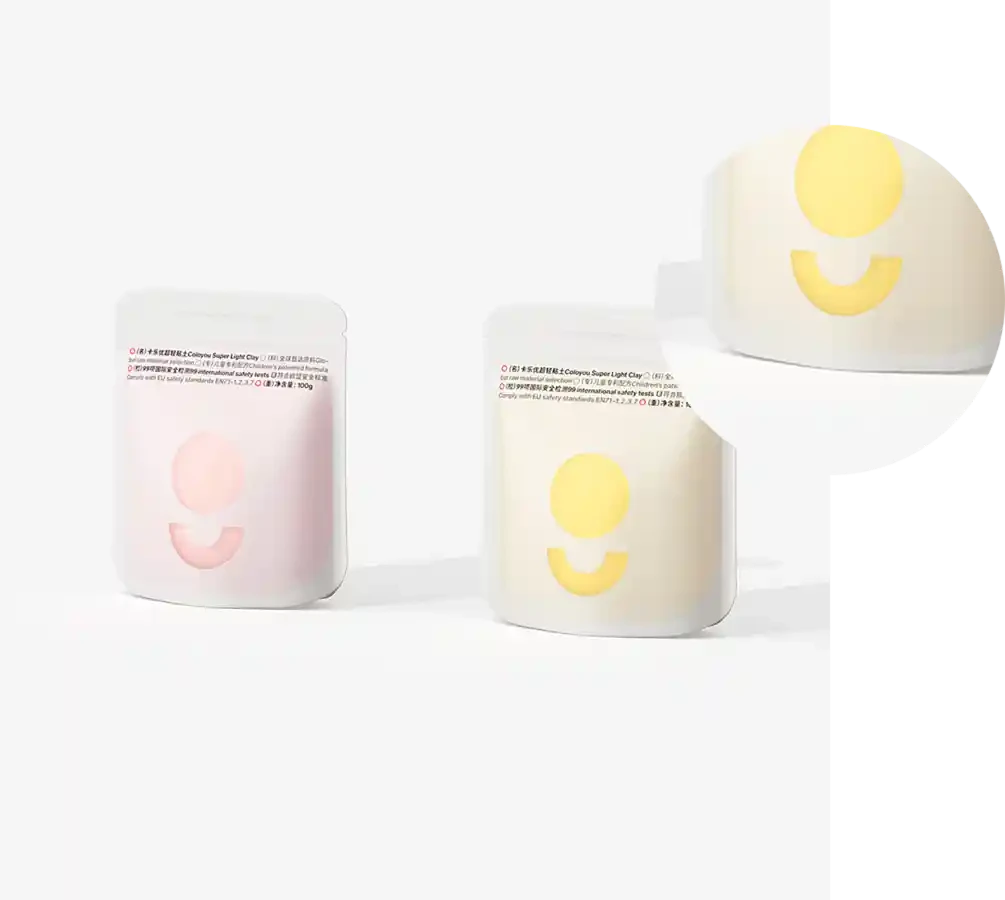- Afrikaans
- Albanian
- Amharic
- Arabic
- Armenian
- Azerbaijani
- Basque
- Belarusian
- Bengali
- Bosnian
- Bulgarian
- Catalan
- Cebuano
- chinese_simplified
- chinese_traditional
- Corsican
- Croatian
- Czech
- Danish
- Dutch
- English
- Esperanto
- Estonian
- Finnish
- French
- Frisian
- Galician
- Georgian
- German
- Greek
- Gujarati
- haitian_creole
- hausa
- hawaiian
- Hebrew
- Hindi
- Miao
- Hungarian
- Icelandic
- igbo
- Indonesian
- irish
- Italian
- Japanese
- Javanese
- Kannada
- kazakh
- Khmer
- Rwandese
- Korean
- Kurdish
- Kyrgyz
- Lao
- Latin
- Latvian
- Lithuanian
- Luxembourgish
- Macedonian
- Malgashi
- Malay
- Malayalam
- Maltese
- Maori
- Marathi
- Mongolian
- Myanmar
- Nepali
- Norwegian
- Norwegian
- Occitan
- Pashto
- Persian
- Polish
- Portuguese
- Punjabi
- Romanian
- Russian
- Samoan
- scottish-gaelic
- Serbian
- Sesotho
- Shona
- Sindhi
- Sinhala
- Slovak
- Slovenian
- Somali
- Spanish
- Sundanese
- Swahili
- Swedish
- Tagalog
- Tajik
- Tamil
- Tatar
- Telugu
- Thai
- Turkish
- Turkmen
- Ukrainian
- Urdu
- Uighur
- Uzbek
- Vietnamese
- Welsh
- Bantu
- Yiddish
- Yoruba
- Zulu
High-Performance Perforated PE Film for Versatile Packaging Solutions and Applications
Understanding PE Perforated Film Applications and Benefits
Polyethylene (PE) perforated film has gained significant attention in various industries due to its unique properties and versatile applications. Made from polyethylene, a widely used thermoplastic, this film is characterized by its lightweight, durability, and flexibility. The addition of perforations enhances its functionality, making it an ideal choice for a range of uses, from packaging to agricultural applications.
What is PE Perforated Film?
PE perforated film is a type of plastic film with small holes or perforations throughout its surface. These perforations serve multiple purposes, providing benefits that standard films cannot offer. The film is typically manufactured using a blown film extrusion process, followed by the perforation stage, where uniform holes are created to meet specific dimensional and functional requirements.
Benefits of PE Perforated Film
1. Breathability One of the most notable advantages of PE perforated film is its breathability. The perforations allow for air circulation, reducing moisture build-up. This feature is particularly critical in agricultural applications, where it helps maintain optimal humidity levels around plants, ensuring healthier growth and reducing the risk of mold and mildew.
2. Lightweight and Durable PE perforated film retains the lightweight properties of polyethylene, making it easy to handle and transport. Despite its lightness, it exhibits high strength and excellent barrier characteristics, making it resistant to tears and punctures.
3. Versatile Applications The versatility of PE perforated film is evident across various industries. In agriculture, it is commonly used for silage covers and mulch films. In the packaging industry, it serves as a protective material for perishables, allowing for ventilation while maintaining freshness. Additionally, PE perforated film is often employed in construction sites, providing temporary protection to building materials while allowing moisture escape.
4. Cost-Effective Solution Compared to other film types, PE perforated film often provides a more economical option for businesses. Its longevity and versatility mean that it can serve multiple functions, reducing the need for different types of materials.
pe perforated film

5. Environmental Impact With an increasing focus on sustainability, PE perforated film can be an eco-friendly solution when produced with recyclable materials. Many manufacturers are actively pursuing green production methods, minimizing the environmental footprint associated with film production.
Applications of PE Perforated Film
- Agriculture In agronomic practices, PE perforated film is employed in greenhouse covers, mulch, and tunnel films. Its ability to let in light while allowing gas exchange is crucial for successful crop cultivation. It also aids in weed control and soil temperature regulation.
- Food Packaging In the food industry, the film is often used for packaging fruits, vegetables, and meats. The perforations facilitate airflow, extending the shelf life of fresh products and reducing spoilage, thus benefiting both retailers and consumers by minimizing waste.
- Textiles PE perforated films can also be found in the textile industry, where they are used in protective covers and bags, ensuring items are safeguarded from dust and moisture while still allowing air circulation.
- Construction For construction purposes, the film acts as a protective barrier for materials, preventing contamination from environmental elements. Its breathability ensures that moisture does not get trapped, which could compromise the structural integrity of building materials.
Conclusion
PE perforated film is a multifaceted product that combines the beneficial attributes of polyethylene with the enhanced functionality of perforations. Its myriad applications across agriculture, food packaging, textiles, and construction industries underscore its significance as a practical solution to various challenges. As industries continue to innovate and prioritize sustainability, the demand for PE perforated film is likely to grow, making it an essential component in modern manufacturing and packaging processes.













